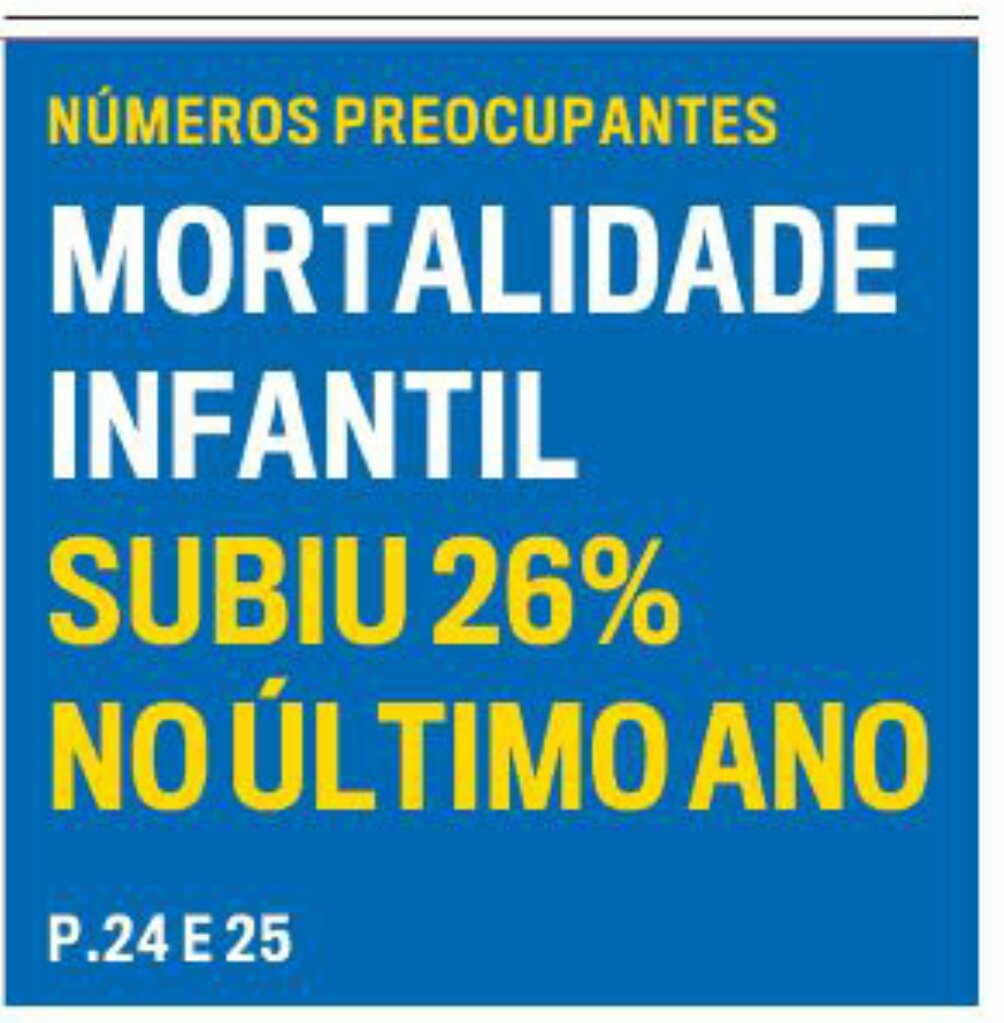"The starting point for thinking about your process should always be the bottom row rather than the top row of Figure 5. No matter how carefully you may try to control your process, assignable causes will tend to cause it to shift around. Until you use a process behavior chart to identify these assignable causes and then control them, your process will inhabit the bottom row of Figure 5. It's only as you identify and control assignable causes that your process will begin to behave like the pictures in the top row of Figure 5....The cycle of despairSince everybody knows that they're in trouble when their processes are in the State of Chaos, they inevitably appoint chaos managers whose job is to drag the process up from the State of Chaos. With luck, these chaos managers can get the process back to the Brink of Chaos—a state which is erroneously considered to be "out of trouble."Once the process is brought back to the Brink of Chaos, the chaos manager is sent off to work on another problem. But as soon as his or her back is turned, the process begins to move down the entropy slide toward the State of Chaos....The only way outThere's only one way out of this cycle of despair. There's only one way to move a process up to the Threshold State or the Ideal State, and that is the effective use of process behavior charts.Every manufacturer is confronted with a dual problem-to identify both the effects of entropy and the presence of assignable causes. Entropy places a process in the cycle of despair. Assignable causes doom it to stay there.The only way a manufacturer can ever meet the dual objectives of overcoming the barrier created by the assignable causes and counteracting the effects of entropy is by using process behavior charts. No other approach will consistently and reliably provide the necessary information in a clear and understandable form."
Uma crítica certeira à forma como muitas organizações gerem os seus processos — com foco na reacção e não na compreensão profunda do comportamento do processo ao longo do tempo.
A metáfora do “cycle of despair” é particularmente poderosa: descreve a realidade de muitas empresas que vivem constantemente entre o caos e o limiar do caos, sempre a apagar fogos, nomeando “gestores de caos” que trazem soluções provisórias, mas sem nunca resolverem as causas profundas. Quando o gestor se afasta, tudo volta a descambar — porque o sistema não foi efectivamente estabilizado.
A chave está no uso consistente de process behavior charts (cartas de controlo estatístico do processo). Estes gráficos permitem distinguir o que é ruído natural (common cause variation) do que são causas atribuíveis/assinaláveis (assignable causes), abrindo a porta a uma verdadeira melhoria contínua e sustentável.
Sem compreender o comportamento dos processos, não há controlo — e sem controlo, não há progresso. O combate ao caos não se faz com reacções, faz-se com método.

%2014.31.jpeg)
%2012.51.jpeg)








/https%3A%2F%2Fhbr.org%2Fresources%2Fimages%2Farticle_assets%2F2019%2F07%2FW190709_REDMAN_INVOICING1.png)
/https%3A%2F%2Fhbr.org%2Fresources%2Fimages%2Farticle_assets%2F2019%2F07%2FW190709_REDMAN_INVOICING2.png)









%2006.21.jpeg)












